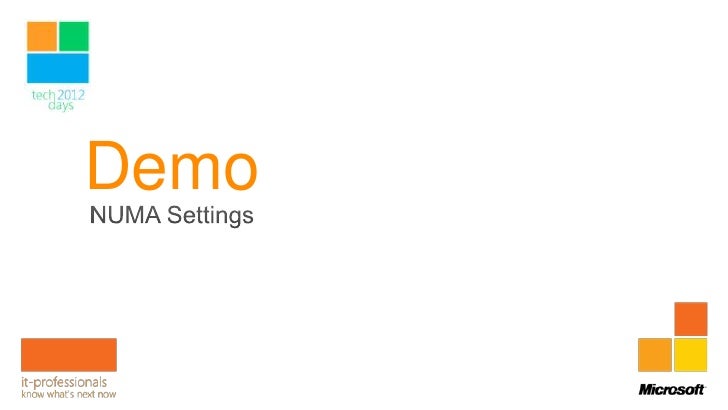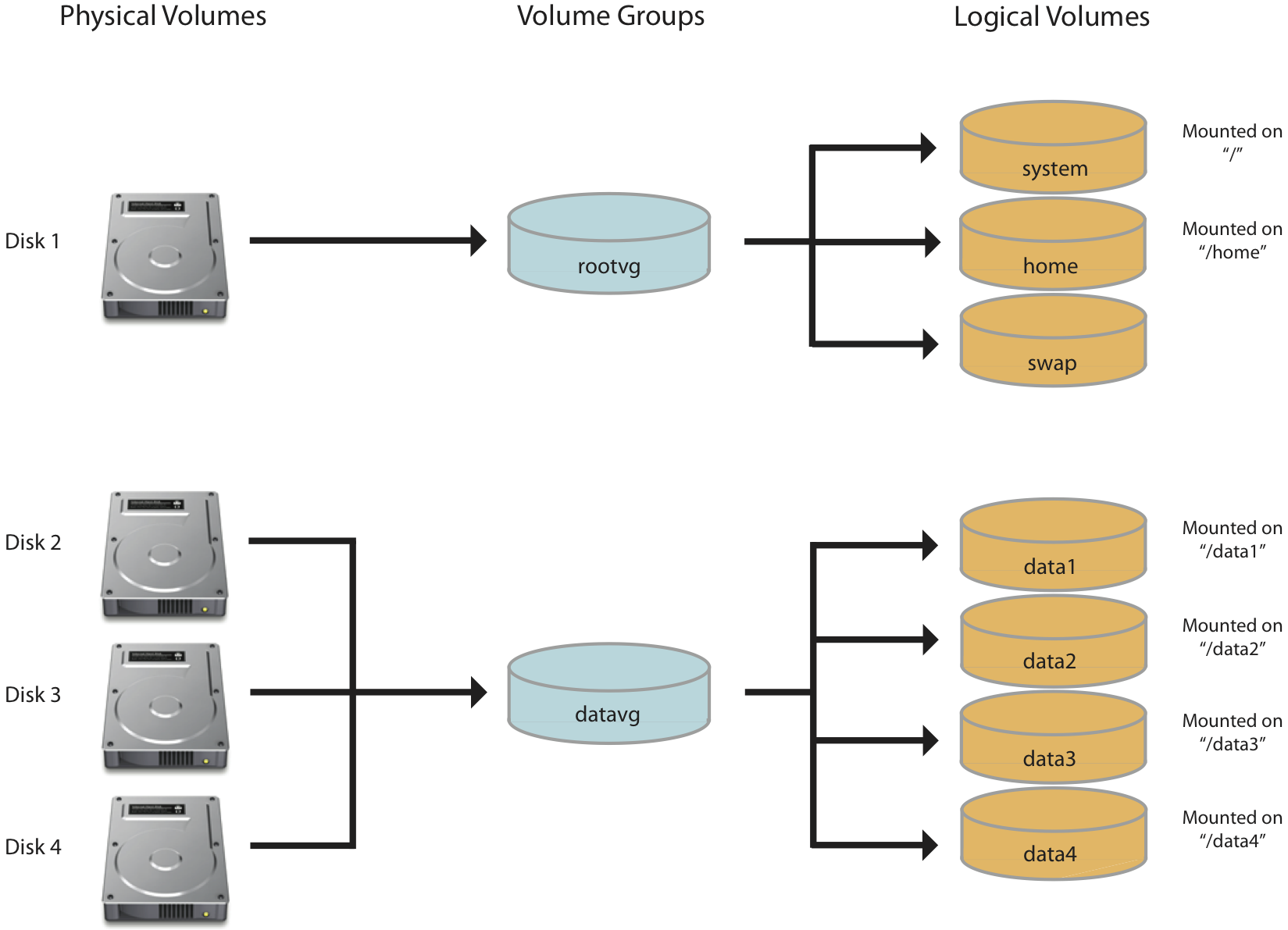

Run the below command to see the available disks under VxVM control Steps to Recognize new disks under VxVM controlġ. With enclosure-based naming, the name of a disk is based on the logical name of the enclosure, or disk array, in which the disk resides. With VxVM version 3.2 and later, VxVM provides a new device naming scheme, called enclosure-based naming. VxVM parses disk names in this format to retrieve connectivity information for disks. In VxVM version 3.1.1 and earlier, all disks are named using the c#t#d# format. For example, Solaris and HP-UX both use the format c#t#d# in device naming, which is derived from the controller, target, and disk number. Traditionally, device names in VxVM have been represented in the way that the operating system represents them. Using an operating system-independent format that is based on enclosure names.Using the traditional operating system-dependent format c#t#d#.In VxVM, device names can be represented in two ways: These disks are under Volume Manager control but cannot be used by Volume Manager until they are added to a disk group Device Naming Schemes
ROOT MIRRORING IN VERITAS VOLUME MANAGER FREE
The VxVM free disk pool contains disks that have been initialized but that have not yet been assigned to a disk group. Note: Encapsulation is another method of placing a disk under VxVM control in which existing data on the disk is preservedĪn initialized disk is placed into the VxVM free disk pool. During the notmal initialization process any data or partitions that may have existed on the disk are removed. When a disk is initialized, partitions for the public and private regions are created, VM disk header information is written to the private region and actual data is written to Public region. Initialize Physical Disks under VxVM controlĪ formatted physical disk is considered uninitialized until it is initialized for use by VxVM.

Just run the command “cfgadm -al” and check for any newly added devices in “unconfigured” state, and configure them.Ĭ0::dsk/c0t0d0 disk connected configured unknownĬ0::rmt/0 tape connected configured unknownĬ1::dsk/c1t0d0 unavailable connected unconfigured unknownĬ1::dsk/c1t1d0 unavailable connected unconfigured unknown < = disk not configuredĬ1::dsk/c1t0d0 disk connected configured unknownĬ1::dsk/c1t1d0 disk connected configured unknownĪdditional Procedure : Click here to check the procedure to add Internal FC-AL disks 3. Option 3: Recognize disks that are added to internal scsi, hot swappable, disk connections. Option 2: Recognize the disks added to external SCSI, without reboot #reboot -r ( only if no applications running on the machine) Option 1: Reconfiguration Reboot ( for the server hardware models that doesn’t support hot swapping/dynamic addition of disks ) If the disks that are recently added to the server not visible, you can use below procedure Once we added new disks to the Server, first we should recognize the disks from the solaris level before proceeding for any other storage management utility.

In Solaris we use the format utility used to partition the physical disks into slices. In solaris, physical disks will partitioned into slices numbered as S0, S1, S3, S4, S5, S6, S7 and the slice number S2 normally called as overlap slice and points to the entire disk. Internal disks to the server, Disks from the Disk Array and Disks from the SAN. Physical disks could be coming from different sources within the servers e.g. Below figure illustrates how the disk name changes depending on the connection. In Solaris physical disk names uses the convention like “ c#t#d#” where c# refers to controller/adapter connection, t# refers to the SCSI target Id, and d# refers to disk device Id. Physical disk is a basic storage where ultimate data will be stored. Subdisks are actual disk space segments of VxVM disk ( directly mapped from the physical disks) Volumes are composed of Plexes and Subdisksĭ. Virtual objects – are volumes, plexes, subdisks and diskgroups.ī. Physical objects – are direct mappings to physical disksĢ . VxVM uses two types of objects to perform the storage managementġ. Veritas Volume Manager is a storage management application by Symantec, which allows you to manage physical disks as logical devices called volumes.


 0 kommentar(er)
0 kommentar(er)
